
Naughty Marietta is a 1935 American romantic musical film based on the 1910 operetta of the same name by Victor Herbert. Jeanette MacDonald stars as a princess who flees an arranged marriage. She sails for New Orleans and is rescued from pirates by Captain Richard Warrington. Five of Herbert's most famous songs come from the score of Naughty Marietta, with words by lyricist Rida Johnson Young: "Ah! Sweet Mystery of Life", "Italian Street Song", "Neath the Southern Moon", "I'm Falling in Love with Someone" and "Tramp! Tramp! Tramp! ". Additional lyrics for several of Herbert's songs were penned for the film by Gus Kahn. The film was written by Frances Goodrich, Albert Hackett, John Lee Mahin and Rida Johnson Young.

Jeanette Anna MacDonald was an American singer and actress best remembered for her musical films of the 1930s with Maurice Chevalier and Nelson Eddy. During the 1930s and 1940s she starred in 29 feature films, four nominated for Best Picture Oscars, and recorded extensively, earning three gold records. She later appeared in opera, concerts, radio, and television. MacDonald was one of the most influential sopranos of the 20th century, introducing opera to film-going audiences and inspiring a generation of singers.
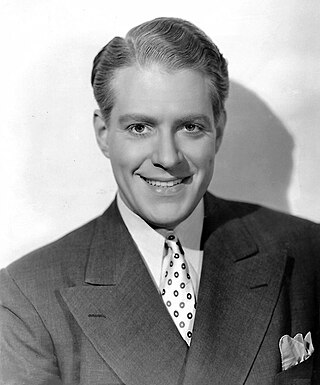
Nelson Ackerman Eddy was an American actor and baritone singer who appeared in 19 musical films during the 1930s and 1940s, as well as in opera and on the concert stage, radio, television, and in nightclubs. A classically trained baritone, he is best remembered for the eight films in which he costarred with soprano Jeanette MacDonald. He was one of the first "crossover" stars, a superstar appealing both to shrieking bobby soxers and opera purists, and in his heyday, he was the highest paid singer in the world.

Woodbridge Strong Van Dyke II was an American film director who made several successful early sound films, including Tarzan the Ape Man in 1932, The Thin Man in 1934, San Francisco in 1936, and six popular musicals with Nelson Eddy and Jeanette MacDonald. He received two Academy Award nominations for Best Director for The Thin Man and San Francisco, and directed four actors to Oscar nominations: William Powell, Spencer Tracy, Norma Shearer, and Robert Morley. Known as a reliable craftsman who made his films on schedule and under budget, he earned the name "One Take Woody" for his quick and efficient style of filming.

That's Entertainment! is a 1974 American compilation film released by Metro-Goldwyn-Mayer to celebrate the studio's 50th anniversary. The success of the retrospective prompted a 1976 sequel, the related 1985 film That's Dancing!, and a third installment in 1994.

The Barbary Coast was a red-light district during the second half of the 19th and early 20th centuries in San Francisco that featured dance halls, concert saloons, bars, jazz clubs, variety shows, and brothels. Its nine block area was centered on a three block stretch of Pacific Street, now Pacific Avenue, between Montgomery and Stockton Streets. Pacific Street was the first street to cut through the hills of San Francisco, starting near Portsmouth Square and continuing east to the first shipping docks at Buena Vista Cove.
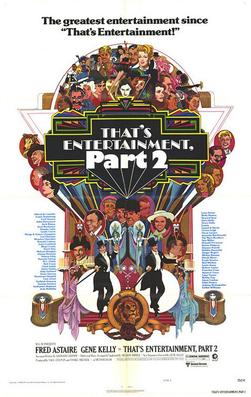
That's Entertainment, Part II is a 1976 American compilation film released by Metro-Goldwyn-Mayer and a sequel to That's Entertainment! (1974). Like the previous film, That's Entertainment, Part II was a retrospective of famous films released by MGM from the 1930s to the 1950s. Some posters for the film use Part 2 rather than Part II in the title.
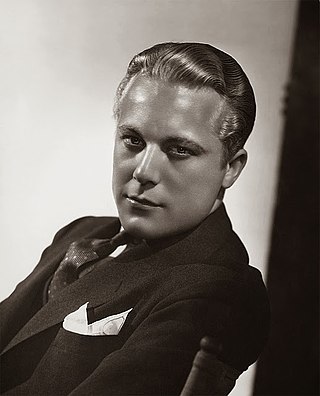
Gene Raymond was an American film, television, and stage actor of the 1930s and 1940s. In addition to acting, Raymond was also a singer, composer, screenwriter, director, producer, and decorated military pilot.
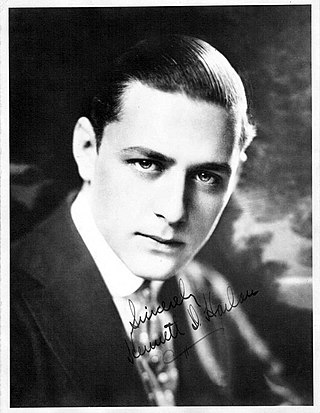
Kenneth Daniel Harlan was a popular American actor during the silent film era, playing mostly romantic leads or adventurer roles. His career extended into the sound film era, but during that span he rarely commanded leading-man roles, and became mostly a supporting or character actor.
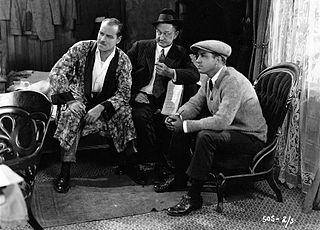
Charles Edgar Schoenbaum A. S. C. was an American cinematographer. His known film credits began in 1917—although he probably had earlier films—and ended with his untimely death from cancer in 1951 at age 57. He was nominated for an Academy Award in 1949 for his work on Little Women.

Barbary Coast is a 1935 American historical Western film directed by Howard Hawks. Shot in black-and-white and set in San Francisco's so-called Barbary Coast during the California Gold Rush, the film combines elements of the Western genre with those of crime, melodrama and adventure. It features a wide range of actors, from hero Joel McCrea to villain Edward G. Robinson, and stars Miriam Hopkins in the leading role as Mary 'Swan' Rutledge. In an early, uncredited appearance, David Niven plays a drunken sailor being thrown out of a bar.

George E. Stone was a Polish-born American character actor in films, radio, and television.

The Cat and the Fiddle is a 1934 American pre-Code romantic musical film directed by William K. Howard based on the hit 1931 Broadway musical of the same name by Jerome Kern and Otto A. Harbach, about a romance between a struggling composer and an American singer. The film stars Ramon Novarro and Jeanette MacDonald in her MGM debut.

Joan Elmer Woodbury was an American actress beginning in the 1930s and continuing well into the 1960s.
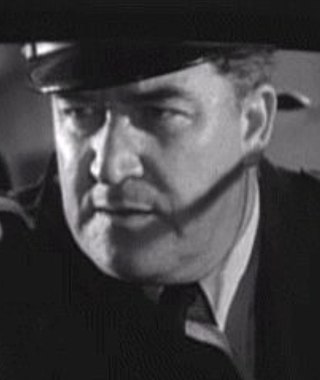
Ralph Dunn was an American film, television, and stage actor.
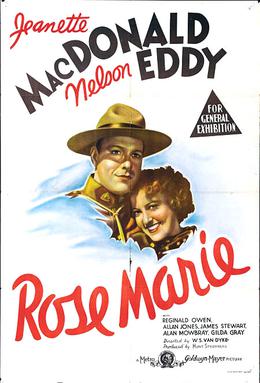
Rose Marie is a 1936 American musical Western film directed by W. S. Van Dyke and starring Jeanette MacDonald, Nelson Eddy and Reginald Owen. It is the second of three Metro-Goldwyn-Mayer film adaptations of the 1924 Broadway musical of the same name. A silent version was released in 1928 and a color film in 1954. All three versions are set in the Canadian wilderness. Portions of Rudolf Friml and Herbert Stothart's original score for the Broadway musical are included in both the 1936 and 1954 films.
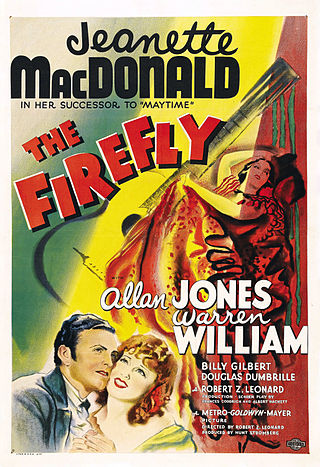
The Firefly is a 1937 American historical musical film directed by Robert Z. Leonard and starring Jeanette MacDonald, Allan Jones and Warren William. The film is an adaptation of the operetta of the same name by composer Rudolf Friml and librettist Otto A. Harbach that premiered on Broadway in 1912. The film used nearly all of the music from the operetta but jettisoned the plot in favor of a new storyline set in Spain during the time of the Emperor Napoleon I. It added a new song, "The Donkey Serenade", which became extremely popular, as was one of the Friml songs, "Giannina Mia". The original release prints of the film were elaborately tinted with Sepia-Blue, Sepia-Orange and Sepia-Blue-Pink.
Layne Tom Jr. was an American actor.
"Theme from San Francisco," also known as "San Francisco," is a song from the 1936 American film San Francisco. It was written by Bronislaw Kaper and Walter Jurmann, with lyrics by Gus Kahn. It is sung by Jeanette MacDonald six times in the film, and becomes an anthem for the survivors of the 1906 earthquake.
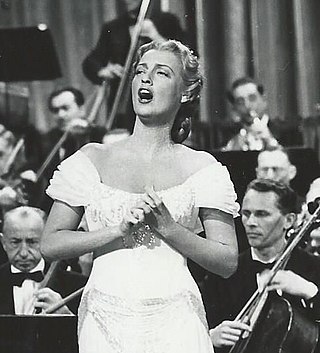
American actress/singer Jeanette MacDonald recorded over 50 songs during her film career for RCA Victor and its foreign counterparts. Due to the limited statistics released to the public, it is not certain how many songs and singles she has released or their exact popularity in music charts, although she has officially recorded eight studio albums and released seven compilation albums. Despite soundtracks for musical films not becoming a concept until the 1940s, many of her singles were re-recordings of songs she had performed in the movies ; her first "album" was the single "Dream Lover"/"March of the Grenadiers" (1930) on 78 rpm discs for The Love Parade. She also recorded a cover album of songs featured in Sigmund Romberg's Up in Central Park in 1945 with Robert Merrill, as well as non-English records during her 1931 European tour.























